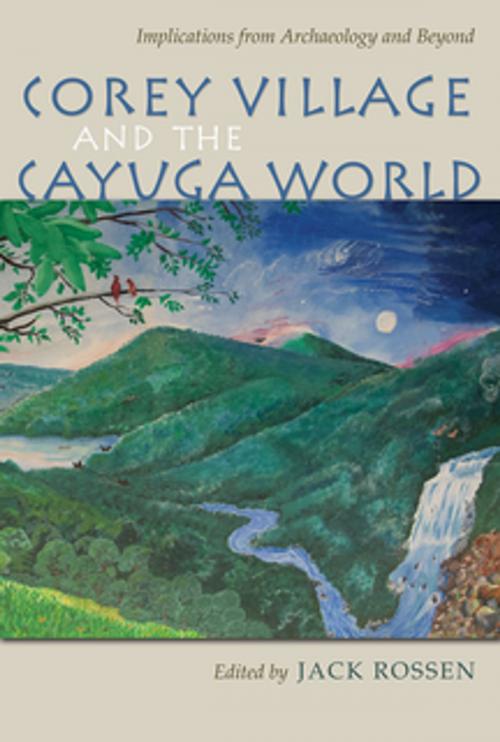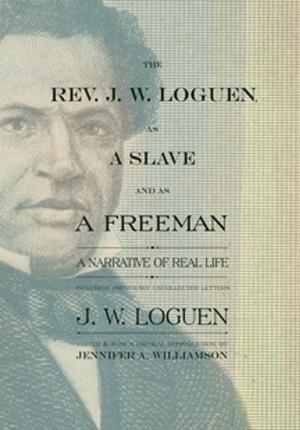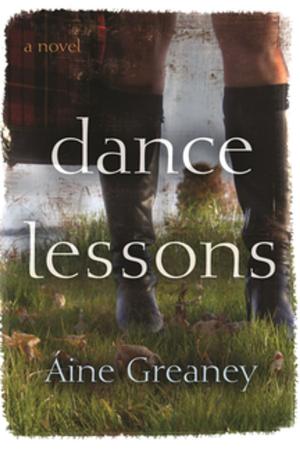Corey Village and the Cayuga World
Implications from Archaeology and Beyond
Nonfiction, Social & Cultural Studies, Social Science, Cultural Studies, Native American Studies, Archaeology, History, Americas, Native American| Author: | Michael Rogers, David Pollack, Wesley D. Stoner, Joseph Winiarz, Martin J. Smith, Macy O’Hearn, April M. Beisaw, Sarah Ward | ISBN: | 9780815653349 |
| Publisher: | Syracuse University Press | Publication: | August 27, 2015 |
| Imprint: | Syracuse University Press | Language: | English |
| Author: | Michael Rogers, David Pollack, Wesley D. Stoner, Joseph Winiarz, Martin J. Smith, Macy O’Hearn, April M. Beisaw, Sarah Ward |
| ISBN: | 9780815653349 |
| Publisher: | Syracuse University Press |
| Publication: | August 27, 2015 |
| Imprint: | Syracuse University Press |
| Language: | English |
The Cayuga are one of the original five nations of the Haudenosaunee Confederacy,
a powerful alliance of Native American tribes in the Northeast, inhabiting
much of the land in what is now central New York State. When their
nation was destroyed in the Sullivan–Clinton campaign of 1779, the Cayuga
endured 200 years of displacement. As a result, relatively little is known about
the location, organization, or ambience of their ancestral villages. Perched on
a triangular finger of land against steep cliffs, the sixteenth-century village of
Corey represents a rare source of knowledge about the Cayuga past, transforming
our understanding of how this nation lived.
In Corey Village and the Cayuga World, Rossen collects data from archaeological
investigations of the Corey site, including artifacts that are often
neglected, such as nonprojectile lithics and ground stone. In contrast with the
conventional narrative of a population in constant warfare, analysis of the site’s
structure and materials suggests a peaceful landscape, including undefended
settlements, free movement of people, and systematic trade and circulation of
goods. These findings lead to a broad summary of Cayuga archaeological research,
shedding new light on the age of the Haudenosaunee Confederacy and
the role of the Cayuga in the American Revolution. Beyond the comprehensive
analysis of artifacts, the Corey site excavation is significant for its commitment
to the practice of "indigenous archaeology," in which Native wisdom, oral history,
collaboration, and participation are integral to the research.
The Cayuga are one of the original five nations of the Haudenosaunee Confederacy,
a powerful alliance of Native American tribes in the Northeast, inhabiting
much of the land in what is now central New York State. When their
nation was destroyed in the Sullivan–Clinton campaign of 1779, the Cayuga
endured 200 years of displacement. As a result, relatively little is known about
the location, organization, or ambience of their ancestral villages. Perched on
a triangular finger of land against steep cliffs, the sixteenth-century village of
Corey represents a rare source of knowledge about the Cayuga past, transforming
our understanding of how this nation lived.
In Corey Village and the Cayuga World, Rossen collects data from archaeological
investigations of the Corey site, including artifacts that are often
neglected, such as nonprojectile lithics and ground stone. In contrast with the
conventional narrative of a population in constant warfare, analysis of the site’s
structure and materials suggests a peaceful landscape, including undefended
settlements, free movement of people, and systematic trade and circulation of
goods. These findings lead to a broad summary of Cayuga archaeological research,
shedding new light on the age of the Haudenosaunee Confederacy and
the role of the Cayuga in the American Revolution. Beyond the comprehensive
analysis of artifacts, the Corey site excavation is significant for its commitment
to the practice of "indigenous archaeology," in which Native wisdom, oral history,
collaboration, and participation are integral to the research.















